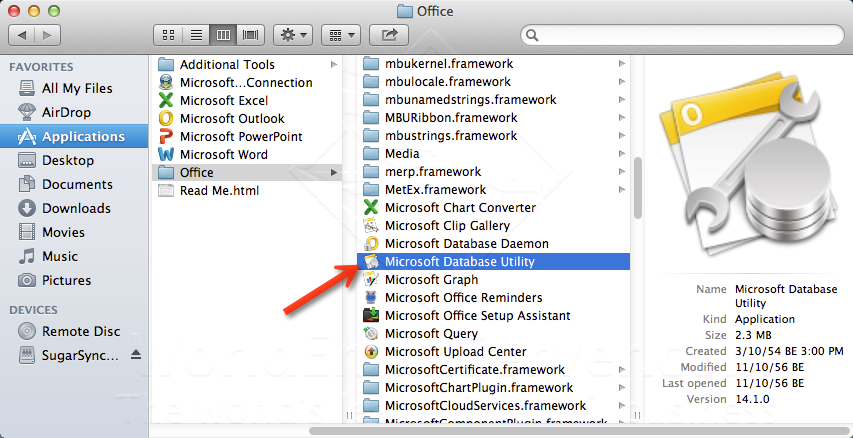

In Office 20 there is an app that lets you set the default Profile for Outlook to use. In Finder, hold down the OPTION key while selecting GO from the FILE MENU Library appears in the list. Profiles are folders in the hidden Library folder. Users/UserName /Library/Group Containers/UBF8T346G9.Office/Outlook/Outlook 15 Profiles/ In 2016 & 2019, like 2011, each Identity is a folder, except that Identities are now called “Profiles” and the Profile folders are not in the Documents folder. Outlook 20 use the same general scheme as was used in 2011. If the data is permanently deleted then you cannot recover that data using this procedure.My apologies for the misinformation you've received so far. moved somewhere, you can manually recover missing Outlook 2011 data. If you data are not deleted, and the data is missing i.e. Otherwise repeat the steps with other database files until you recover the missing Outlook data. If you have recovered, your missing Outlook data like emails and contacts. Click on Gear button from the lower left corner and Choose Set as Default.Click on + for creating new identity list which should have the same name as of the folder you earlier dragged.Else if you are using Window keyboard then press Alt along with clicking Microsoft Outlook in the Dock. If you are using MAC keyboard the press Option along with clicking Outlook in the Dock.You will now have to replace the current database file with the one you have found by dragging the folder you copied in step (8) on User/Home/Documents/Micros oft User Data/Office 2011 Identities or Go > Documents > Microsoft User Data > Office 2011 Identities.Now click Go > Computer, find the folder and drag it on the computer screen.Write down the desired folder name that contains the file and its location.Now for the files displaying look in the Last Opened column and choose the file that was last opened around the time the Outlook data disappeared.Note: Ignore the data files that contain Microsoft User Data as part of their path location Now on the search window appearing there are some database file in search results.On the new text box appearing, write Microsoft Outlook Database.After that next to Kind change Any to Other.Click on the Second button at the top menu of the search windows.Therefore, we now have to search for Outlook database files by performing following steps If by using Method 1 your data is not recovered then the data may be moved by mistake to somewhere else. Repeat the above steps until you do not find your data files by trying all your identities.Now close the window and start Outlook to check whether your missing data is recovered or not.Click on Gear icon from the lower left corner and choose Set as Default.If there is more than one identity then choose the one that is not highlighted.Press "Alt" along with clicking Microsoft Outlook in the Dock.After performing Step 2 operation a Microsoft Database Utility window will appear:.
#Office for mac 2016 database utility windows
If you are using a Windows keyboard then press Alt along with clicking Microsoft Outlook in the Dock. If you are using the Mac keyboard press Option while clicking Outlook in the Dock.However, if there is no backup created then also user can recover missing Outlook 2011 data like emails and contacts by applying following methods: Users can recover their data with use of a Time Machine for restoring a backup of their Outlook 2011 Identities folders. Due to some problems, the email messages disappear automatically, so there is a need for recovering such mails or contacts. It performs same functions as of Outlook for the Window platform with some additional features.Īccidentally users are unable to find their email messages and contacts in Mac Outlook 2011. This version of MS Outlook is only supported on the Mac platform, not on any other platform. Microsoft Outlook 2011 was developed by Microsoft to provide users of the Macintosh operating system to access Outlook on the Mac.


 0 kommentar(er)
0 kommentar(er)
